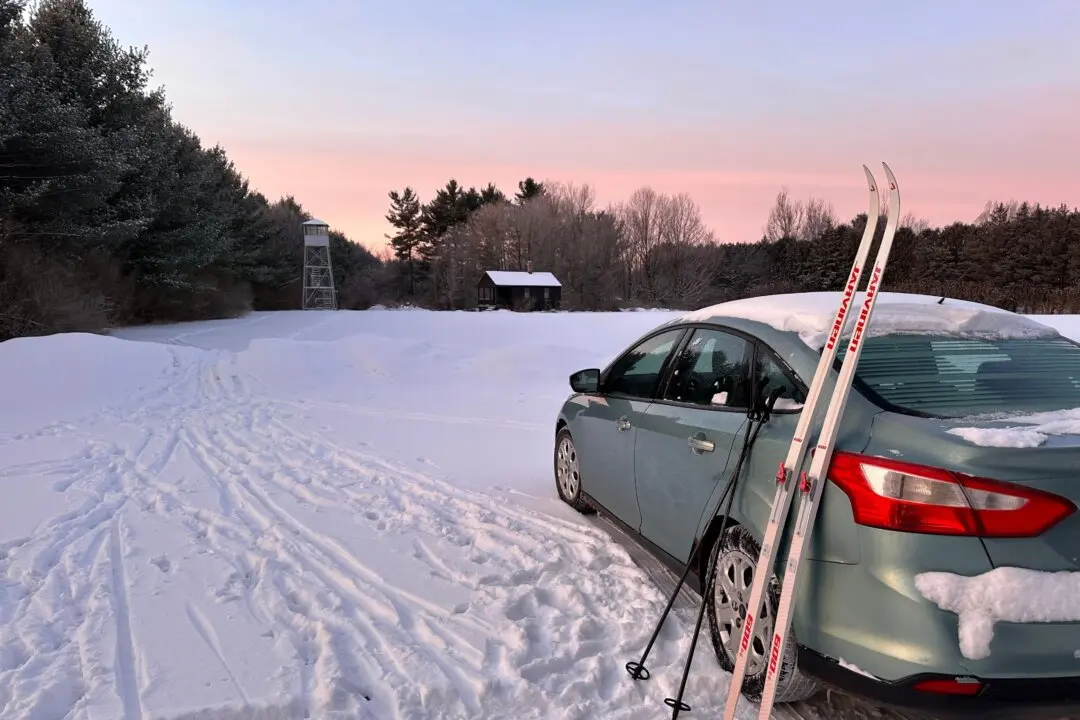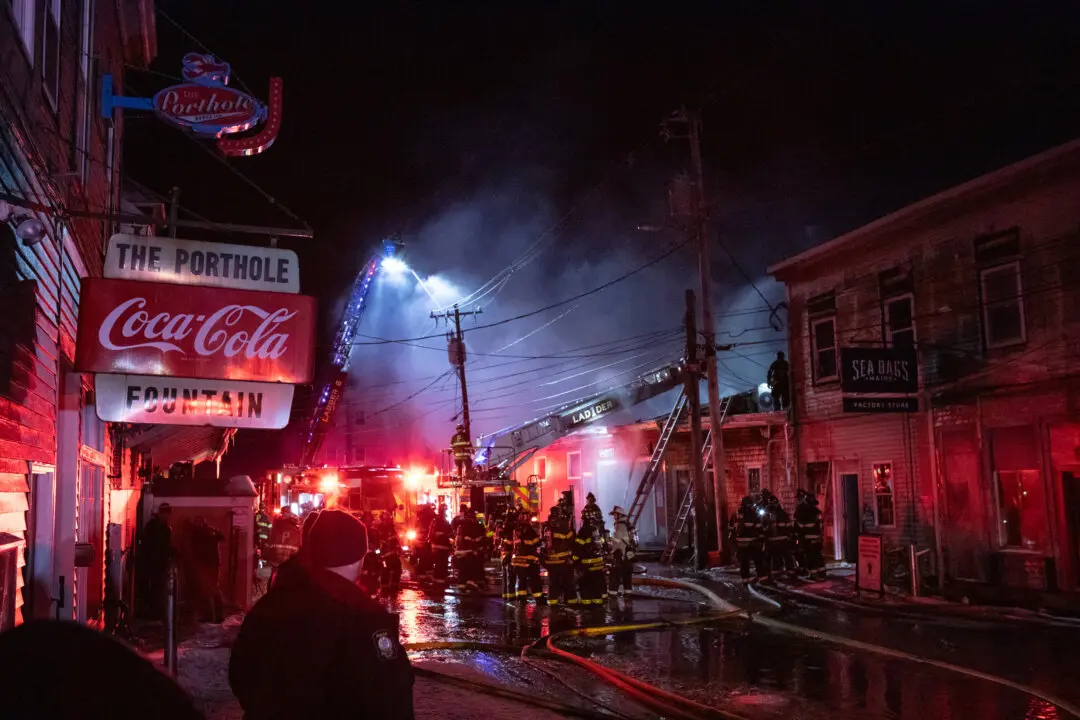BISMARCK, N.D.—For protesters fighting the Dakota Access pipeline, the messages from the Standing Rock Sioux reservation are confusing: The tribal chairman tells demonstrators that it’s time to leave their camp and go home. Another leader implores them to stay through the bitter North Dakota winter.
The conflicting requests show how the camp’s purpose has widened beyond the original intent of protecting the tribe’s drinking water and cultural sites into a broader stand for Native American rights.
Camp occupants are working through the confusion, said Jade Begay, an organizer with the Indigenous Environmental Network. “The rest of the world just needs to hold tight and be patient,” he said.
Since August, the camp on federal land near the reservation and the pipeline route has been home to thousands of people protesting the four-state $3.8 billion pipeline designed to carry oil to a shipping point in Illinois.
After the camp endured two recent severe storms, Standing Rock Chairman Dave Archambault declared this week that it’s time for the demonstrators to disband.
Archambault said there’s no reason for people to put their lives at risk because no additional pipeline work is expected for months. The company building the project, Energy Transfer Partners, and the Army Corps of Engineers are battling in court over permission to dig under the Missouri River reservoir that provides the tribe’s drinking water. It’s the last big unfinished segment of the 1,200-mile pipeline.






